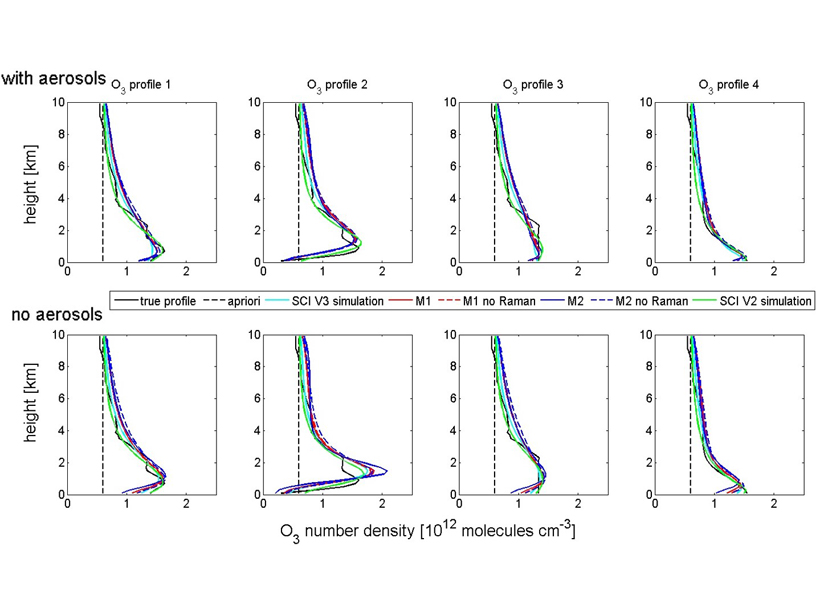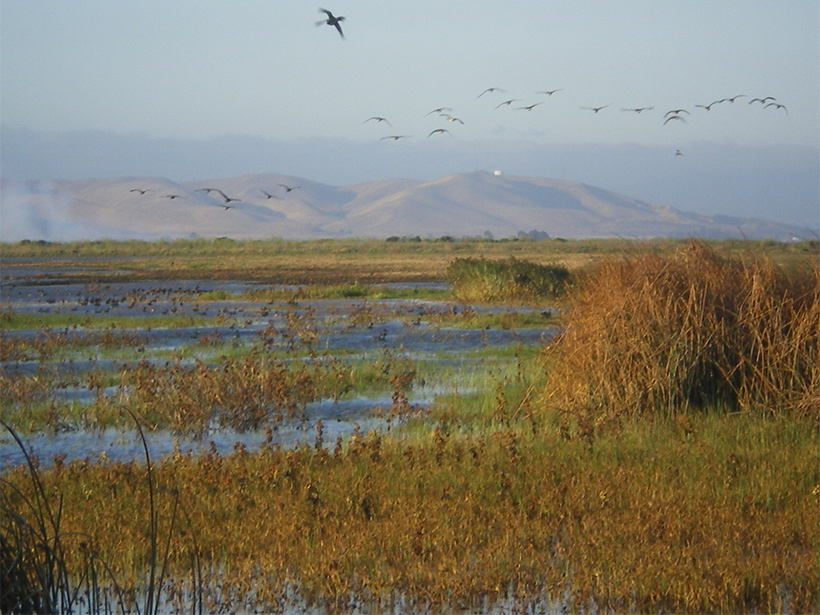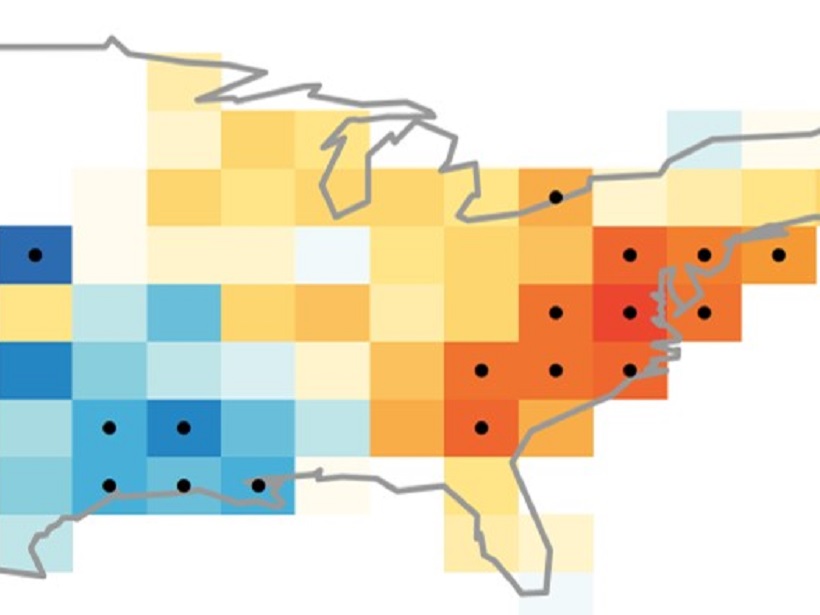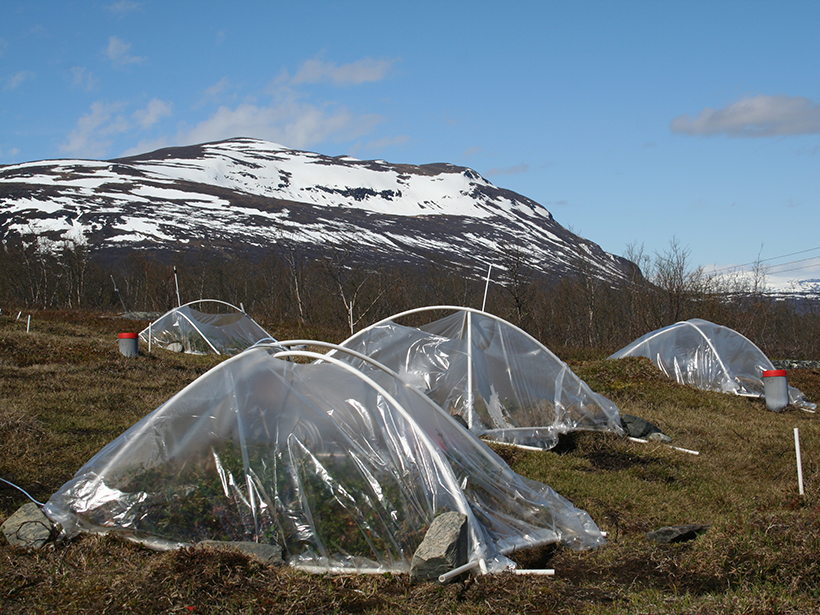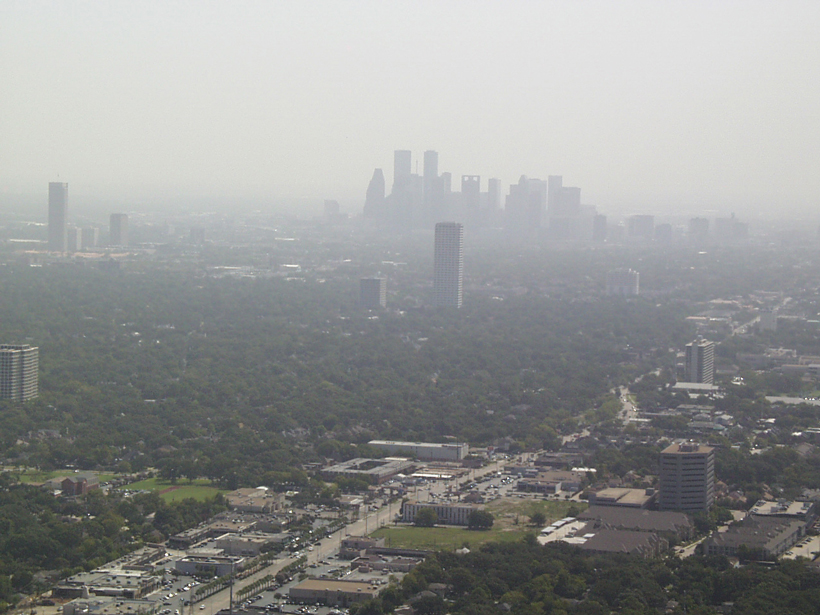Since the 1970s, the stratosphere has cooled as ozone levels dropped and carbon dioxide levels increased. Chemical models of the temperature decline conflicted with satellite observations—until now.
ozone
Retrieving Tropospheric Ozone from Ground-based Spectroscopy
A new technique can retrieve the profile of ozone from surface to tropopause by MAX-DOS ground-based measurements.
Energetic Electrons Can Penetrate the Stratosphere
Precipitations of electrons with energies greater than 30 kiloelectron volts from the slot region penetrate at low altitude and can contribute to destroy ozone.
Budgeting Ozone-Depleting Emissions from Coastal Tidal Marshes
Brackish wetlands and their salt-tolerant vegetation are significant methyl halide emitters. The natural emissions add chlorine and bromine to the stratosphere, which break down ozone.
The Long Reach of El Niño’s Broom
Both the El Niño Southern Oscillation and natural variations in tropical Pacific weather conditions impact surface air quality in the Eastern United States.
The Upside to a “Bad” Ozone Precursor
In Sweden’s wet heathland, scientists see how a sensitive ecosystem adapts to rising global temperatures.
Ozone Pollution Maps Show Spikes Amid Broad Declines
Exceptionally comprehensive new maps detail current global concentrations and 15-year trends.
New Estimates of Ozone Transport in Extratropical Cyclones
Cross-tropopause ozone transport in midlatitude cyclones, coincident with dry air intrusions, is derived from satellite and reanalysis data organized in cyclone-centric coordinates.
Pollution over Southeast Asia May Threaten Ozone Health
Emissions of short-lived chlorine-based chemicals that deplete ozone are increasing worldwide. But over some regions of Asia, these chemicals may be on a fast track to the ozone layer.
Could Stratospheric Ozone Depletion Make Hadley Cells Expand?
Convection-driven Hadley cells are expanding poleward. Scientists now may have uncovered part of the reason why.


